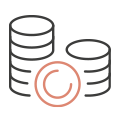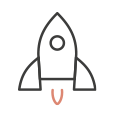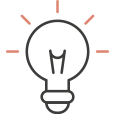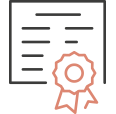The number of high school students who major in chemistry has remained steady in recent years, standing at approximately 7,000. Nevertheless, when looking into how these numbers are reflected across the various sectors of Israeli society, one notices a very disproportionate picture. In the Arab community, almost 16% of high school graduates matriculate in chemistry, with a very high representation of female students. However, the number of students in the Jewish sector is on the decline, with a particularly low proportion (about 3%) of students in state religious schools.
As the Arab sector comprises only approximately 20% of Israel’s population, this means that overall, too few students are studying chemistry particularly considering the fact that Israel is home to a prosperous chemical industry of pharmaceutical and agricultural products, and a thriving academic community which has yielded a high proportion of Noble Prize laureates in chemistry. The very low numbers in the national religious sector are exceptionally disturbing. The Education Ministry predicts that this ‘market failure’ in the Jewish sector will only grow in the coming years, due to the expected retirement of many teachers, and points to the fact that of the 700 chemistry teachers in Israel, 70% are now over the age of 50.
The Ministry’s chief superintendent of chemistry also claims that there have been no significant processes of professional development in the chemistry teaching community over the last few years, and unlike mathematics and physics teachers, chemistry teachers have no professional communities to support them, to advance quality teaching and to help them bring students to higher achievements and lower drop-out rates. She believes that such professional learning communities would not only help the veteran teachers improve their practice, it may also attract new teachers to the profession. In order to respond to this need, the Weizmann Institute proposes to form nine regional Chemistry Teacher Communities over three years serving 150 teachers. Led by 18 master teachers, these regional communities will meet once every two weeks to work on teaching strategies, to learn how to use diagnostic assignments, to learn how to gather data which reflects student learning progress, and how this knowledge can inform and affect their teaching. All the materials developed will be uploaded to a designated digital environment open to teachers.
The program will be led by Dr. Rachel Mamluk Naaman and Dr. Ron Blonder, senior Chemistry faculty of the Weizmann Institute’s Department of Science Teaching, a department which has successfully established and operated regional teacher training courses in the past. It will be designed based on models and accumulated know-how the Weizmann Institute has gained in the Physics Teachers program, supported by the foundation, and on its vast experience in the teaching of chemistry over the past 20 years. The Education Ministry has already committed to recognizing this effort as a recommended in-service training course for teachers and promised to encourage teachers to actively participate in it. The foundation is asked to assist with the one time development expenses, whereas the ongoing activity will be covered by the Ministry.
* The text above shows the grant as approved by the Foundation’s Board of Directors / Grant 154






